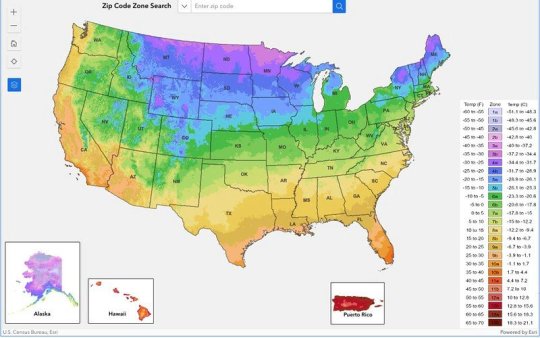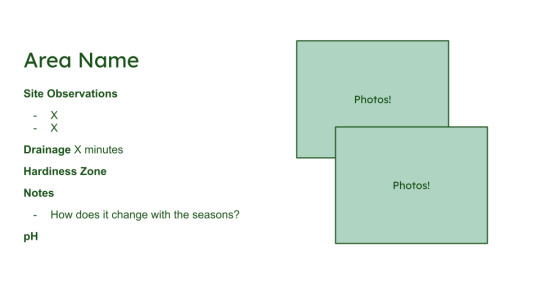#USDA: Soil Your Undies
Text
Results of my USDA "Soil Your Undies" Challenge
Here’s the background information from my blog post earlier this year. You can see the full piece here. Read the method and rationale then see the results of my challenge below.
Officials are encouraging people to “soil their undies”—but the suggestion is not as unseemly as it sounds. To help gauge the health of local soils, the U.S. Department of Agriculture recommends planting a pair of fresh cotton underpants 3 inches deep in the ground. Wait at least 60 days, then dig them up.
Healthy soil contains billions of microbes that will break down organic material like cotton, so the more holes-filled and threadbare your unearthed undies, the heartier your soil. And the heartier your soil, the bigger the role it can play in producing nutritious plants, reducing erosion and storing carbon. Source: The Nature Conservancy Magazine
Here’s the how-to:
Plant a pair of new, cotton underwear horizontally about 3 inches deep in the site you're curious about. Don't forget to mark the spot you planted!
Wait at least 60 days. This gives your soil microbes time to do their magic! Then dig the undies back up.
Share your results by sending us a photo of your "harvest" and a little info about your operation to [email protected].
My Soil Your Undies Challenge
This is how I started my Soil Your Undies Challenge—a little boy’s pair of 100% cotton briefs. I removed the elastic waistband but left the leg bands in place. On May 30, I buried the undies three inches deep and marked the spot with a large rock. A butternut squash plant covered the area all summer.
Then it was time to prepare the bed for cool season crops so on October 8 I removed the marker rock and excavated for the briefs.
This is what I found. The little chunk of brief had worked to the surface but otherwise, only the narrow elastic band around the leg openings survived. I dug around the soil and could find no other evidence of the brief. The soil microbes took care of all that cotton, suggesting my soil is pretty darn good.
See the results of others who took the challenge here. Consider taking the challenge in your garden or farm.
2 notes
·
View notes
Text
Create Your Own Soil Profile!
A garden’s soil is the base of all its growth, and knowing how to properly interact with your soil can make all the difference!
Step 1 Site Observations
Take a few photos of your site (project area)
Note down:
what vegetation is there?
is it near water?
the slope
approximate exposure to sun
Step 2 Take a soil profile
Set out a tarp or a garbage bag
Dig a hole about 3 feet deep (you may want a friend’s help!)
Place that soil in piles onto the tarp, sorted into different soil layers
Remember horizons! (O, A, E, B, C, R(bedrock))
Make a sketch of a soil profile, and measure the depth of each horizon
The top of the profile should start with 0 cm
Refill the hole, and try to return each type of soil in order!
Step 3 Build your profile
Describe each layer of soil, moisture/structure/color/smell

Use the “feel” method to take notes

Step 4 Drainage
Dig a hole 1 foot deep and 1 foot wide(ish)
Fill the hole with water and measure how long it takes to fully drain
An ideal time is around 10 to 30 minutes!
Note down the time
Keep in mind that even if the soil type would suit desert-like plants more, think of the weather. If it rains a good deal the drainage can matter less(or more!)
Step 5 Biological Activity
Bury a pair of cotton underwear(I know it’s silly)
Wait about 60 days
Unearth the undies, the more tattered they are the more activity there is!
Step 6 pH Testing
OSU Lab for Oregon, and many states have soil testing labs
Soil pH Meter
DIY Test
Step 7 Hardiness Zone
This just takes looking at a map!
Hardiness zones can tell you about the weather’s highs & lows in a particular area

USDA Plant Hardiness Map
And that 's it! It's a lot, and you don’t have to do everything. Each step can provide a better view of how to properly support your garden, and can be fun activities to do with friends and family!
I’ve included a template for a complete soil profile, but feel free to make them as fancy as y’all want!
Sincerely,
records of dirt


404 notes
·
View notes
Text
In My San Diego Garden and Kitchen
Last week we harvested most of the second crop of ‘Dorsett Golden’ apples from the espaliered tree. It was a smaller harvest than the first which comes in late June and the sizes were variable. I see a few apple desserts ahead so I’ll be pulling out my apple recipes file this week.
Thankfully, the abundant strawberry guava crop has come to an end. My husband shook the tree and then gathered the remainder. I made one last batch of guava puree—no sugar needed. It goes to the freezer possibly for jam or additions to my applesauce.
I attempted guava paste with a new recipe but had to leave for a meeting before it cooked down sufficiently. It resembles apple butter. I used some of it for a guava barbecue sauce which was delicious.
Continuiing the red theme, four small tomatoes that were perfectly green were salvaged when we removed the ‘Early Girl’ plant a month ago. They did ripen and would not “take best of season” but were welcome additions to October salads. I believe the ‘Baby Belle’ peppers will continue as long as I let them.
This week I planted carrots and shallots. Pictured are Renee’s Garden ‘Tricolor’ mix. I also planted an equal amount of pelletized ‘Bolero’ from Territorial Seed Co.
When the asters begin it feels like fall in my garden.
See the Results of My USDA: Soil Your Undies Challenge and marvel at what soil microbes can do. Then head over to see what other garden bloggers around the world harvested last week at Harvest Monday hosted by Dave at Happy Acres blog.
To leave a comment, click on “Leave a comment/Show comments,” enter the comment, then insert your name. Finally, click on “Comment as Guest” to post comment.
#Dorsett Golden apples#strawberry guavas#guava paste#Baby Belle peppers#Bolero carrots#Tricolor carrots#Asters#fall bouquets
2 notes
·
View notes
Text
USDA: "Soil Your Undies”
Officials are encouraging people to “soil their undies”—but the suggestion is not as unseemly as it sounds. To help gauge the health of local soils, the U.S. Department of Agriculture recommends planting a pair of fresh cotton underpants 3 inches deep in the ground. Wait at least 60 days, then dig them up.
Healthy soil contains billions of microbes that will break down organic material like cotton, so the more holes-filled and threadbare your unearthed undies, the heartier your soil. And the heartier your soil, the bigger the role it can play in producing nutritious plants, reducing erosion and storing carbon. Source: The Nature Conservancy Magazine
Here’s the how-to:
Plant a pair of new, cotton underwear horizontally about 3 inches deep in the site you're curious about. Don't forget to mark the spot you planted!
Wait at least 60 days. This gives your soil microbes time to do their magic! Then dig the undies back up.
Share your results by sending us a photo of your "harvest" and a little info about your operation to [email protected].
Read more:
USDA Natural Resources Conservation Service Oregon
Soil Solutions The Nature Conservancy
The hungry microbes in your soil need food, shelter, and variety in order to thrive, just like us! You can take care of your microbial friends by following these four steps:
Avoid soil disturbance wherever and whenever possible.
Maximize soil cover with living plants and residue.
Maximize biodiversity by growing a variety of plants and managed integration of livestock.
Maximize living roots in the soil throughout the year.
(Microbial action, USDA—NRCS)
16 notes
·
View notes